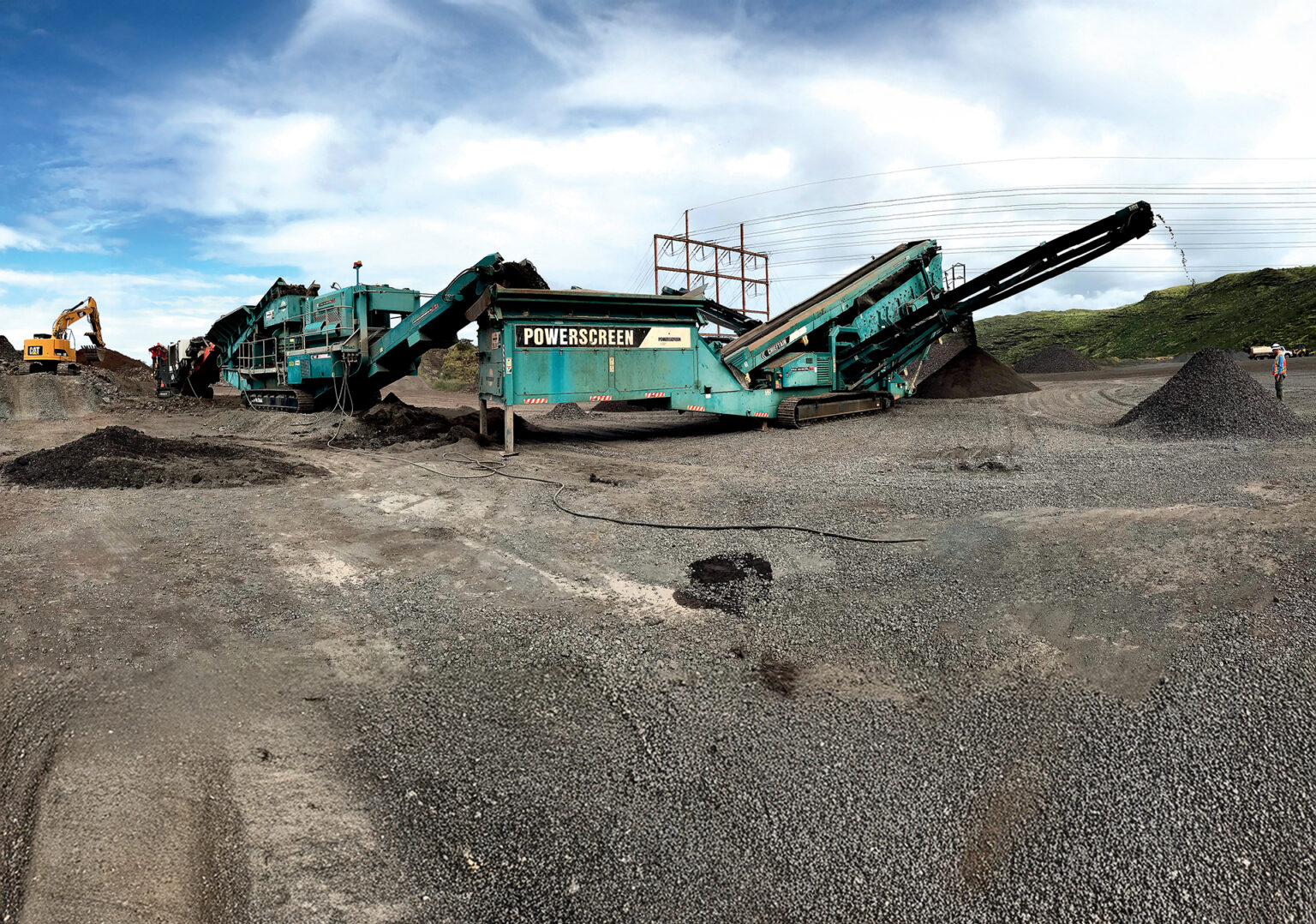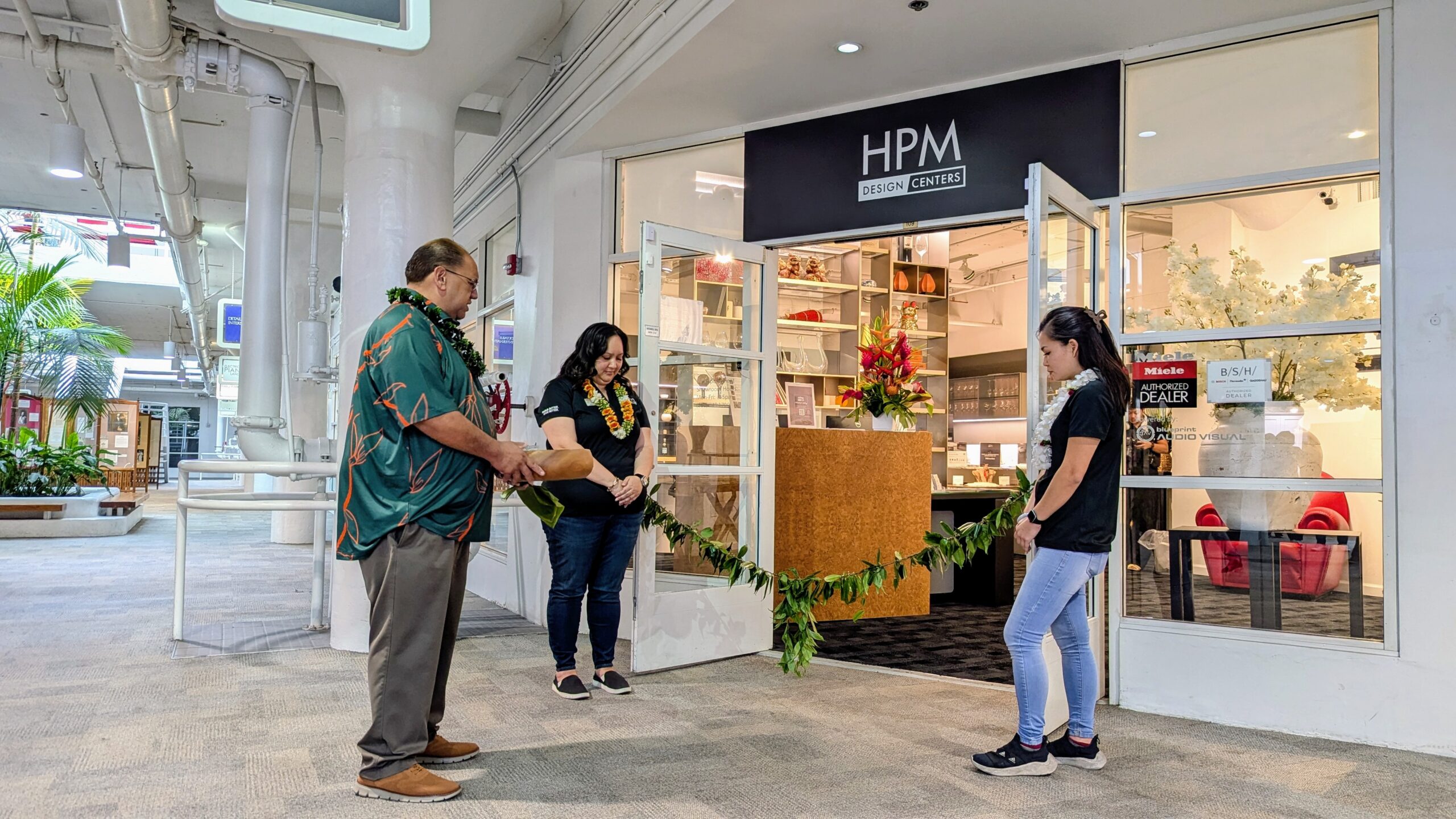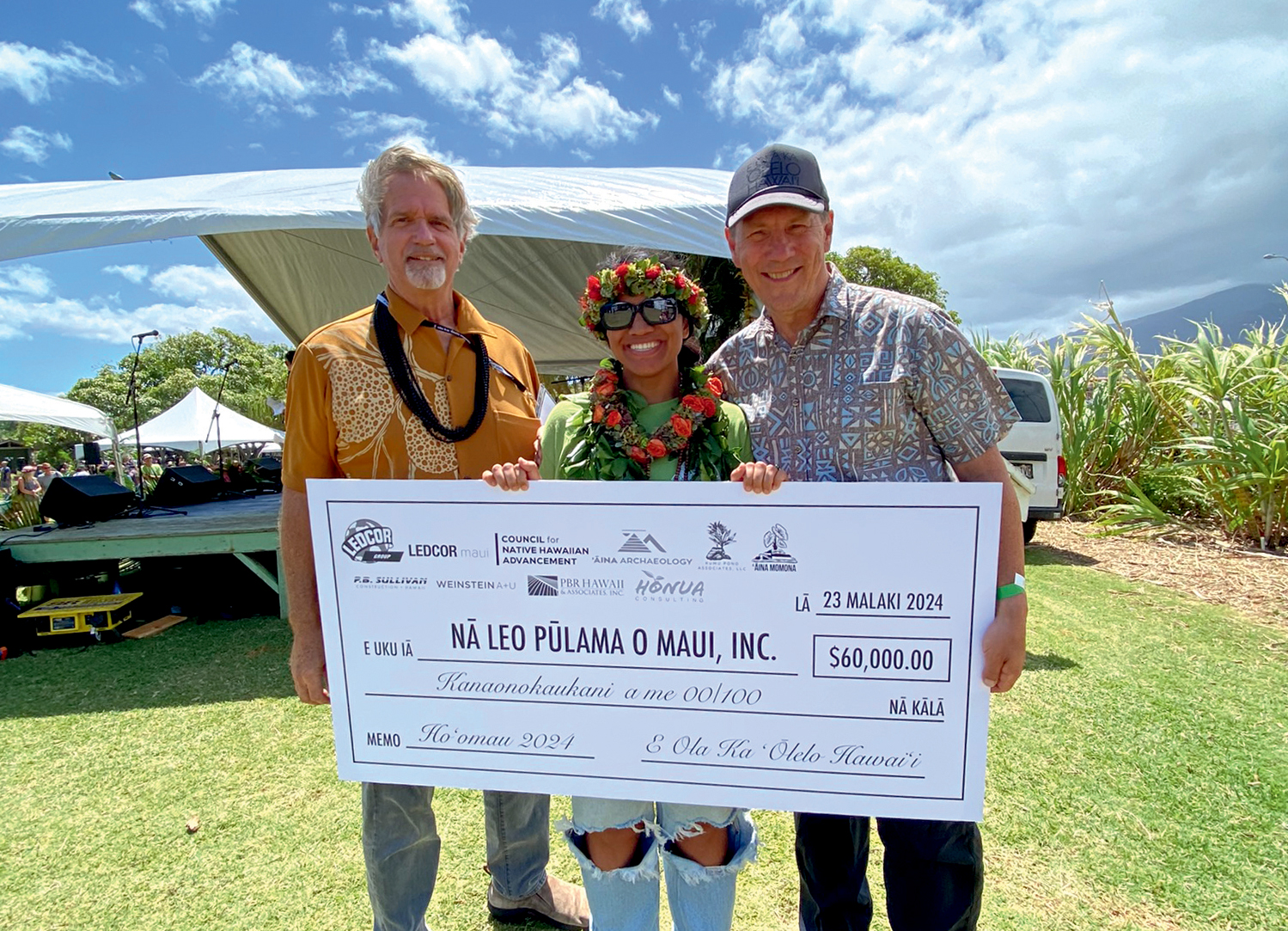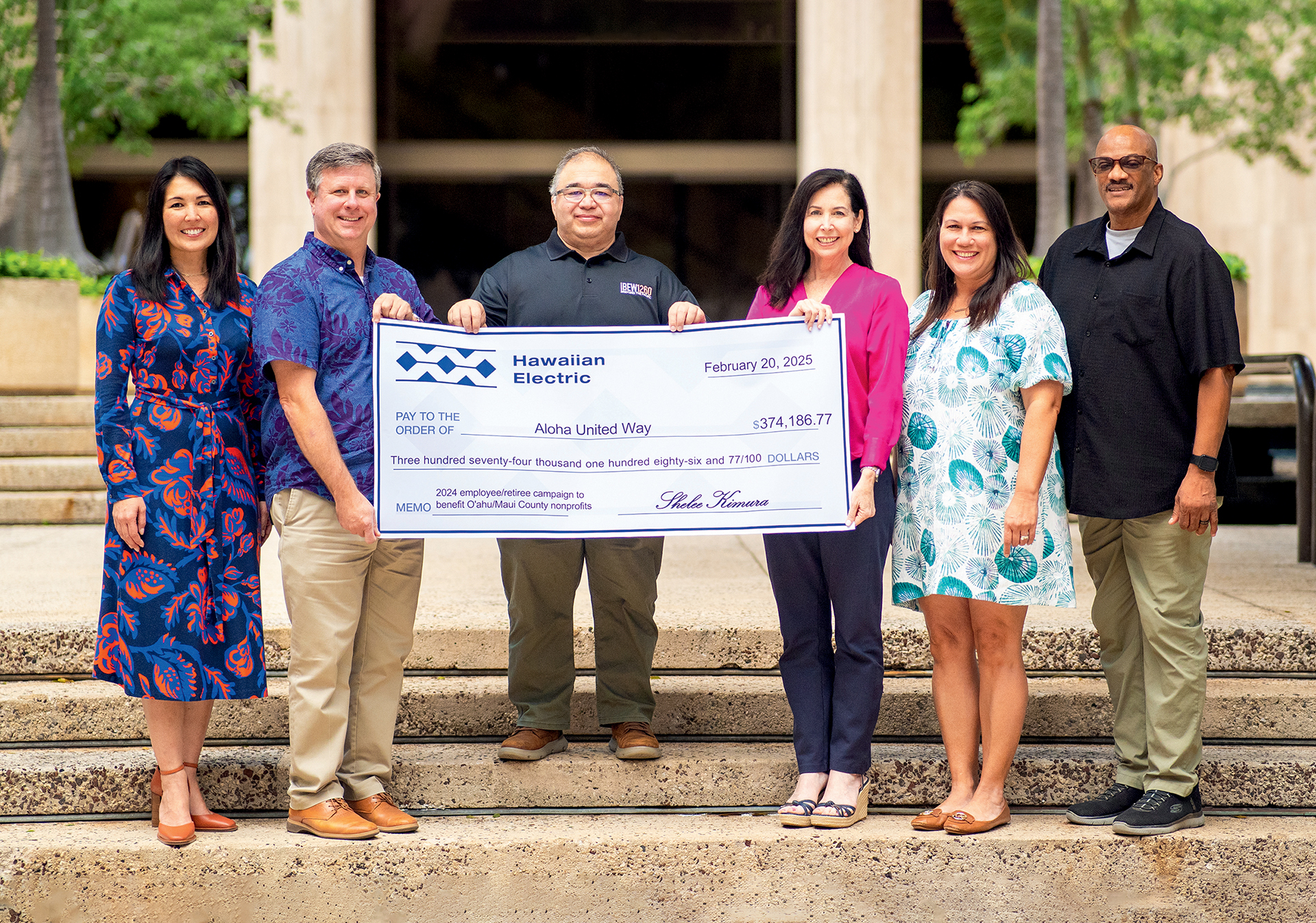As the closing date for one of O‘ahu’s primary landfills inches closer, lawmakers are working to find waste disposal solutions while respecting requests by residents to protect their communities from potential health hazards.
After failed negotiations with federal land managers and pushback against additional landfills on the west and windward sides of the island, the City and County of Honolulu is running out of options for waste disposal in the near future.
However, some local companies are already ahead of the game, developing new usages for recycled materials and finding sustainable methods to break down waste.
OPENING THE DOOR FOR TREATED LUMBER
One of Hawai‘i’s biggest components of construction and demolition (C&D) waste is treated lumber, as many reuse facilities have not developed processes for extracting non-recyclable coatings from wood.
Wood cannot have any contaminants if the intent is to recycle, as the chemicals in preservation materials and coatings violate Environmental Protection Agency air regulations if not properly contained.
Most wood C&D waste is currently disposed of at the PVT Land Company landfill, which is set to close in 2028, but Kapolei-based sustainable solutions company Simonpietri Enterprises is working towards processing treated wood into recyclable material.

“[Wood] can’t be painted, it can’t be glued, it can’t have laminate in Hawai‘i — that’s over 90 percent of the material [that] can’t be used,” says Joelle Simonpietri, owner and president of Simonpietri Enterprises. “A part of the reason why we’ve been doing so much technical development funded by federal research grants is we invented a way to be able to keep all of that contained wood in the stream and actually be able to convert it to fuel.”
Instead of burning used wood products, the process is essentially “pressure cooking,” Simonpietri says, refining wood into two- to three-inch sized chips, where it’s then chemically broken down into gas that’s refined into fuel.
“We try to recover as much of the carbon as possible into fuel, … and a lot of the contaminants will actually come out in a solid form,” she says. “And a part of our proprietary process … helps to make sure that the ash is still non-hazardous so it can still go to a regular landfill … [and] it doesn’t give you the … hazardous wasteland.”
EXPEDITING RECYCLED CONCRETE
While reuse methods for aggregate and concrete have been around for a number of years, widespread usage in Hawai‘i continues to face challenges.
“It just depends because our government, the Hawai‘i government, still is not on board with recycled materials, as far as aggregate goes,” says Pineridge Farms Inc. Operations Manager Lori Modelski. “However, I know the federal side and … a lot of private projects have started using more of the recycled materials.”
Modelski hypothesizes the reluctance to use recycled concrete from the State of Hawai‘i is due to stories of improper screening processes, but says tests have shown successfully recycled concrete is just as structurally sound and significantly cheaper than non-recycled concrete.
In tandem with affiliate company West Oahu Aggregate Co. Inc., Pineridge Farms ensures all of their processed C&D concrete comes out clean, hopefully reinforcing to contractors and lawmakers that recycled concrete- and aggregate-based projects are reliable and durable.
“Pineridge itself has its own mobile crushers and screeners, so … we contract to the contractors to go on their jobsites … and take waste that they have on-site, whether it’s concrete, or asphalt, or rock or even dirt,” says Modelski. “Then we can crush it on-site and make aggregate that [contractors] use on-site.”
Alkali-activated concrete (AAC), or concrete that uses waste material as a precursor instead of cement, is also being developed. Hawai‘i’s first commercialized pour project of AAC was slated for early this year, but was temporarily shelved due to the Infrastructure Investment and Jobs Act being paused by the Trump Administration.

PHOTOS COURTESY SIMONPIETRI ENTERPRISES
A CALL FOR CREATIVE ACTION
Companies are now working on a wider variety of usages for recyclable waste, as well as progressing in making previously non-recyclable items into reusable materials.
Along with treated wood processing, Simonpietri Enterprises is also excited about its recycled glass project, which involves turning glass windows and doors into “green” sand.
“So concrete gets recycled, and that’s about it. Everything else goes to landfill — so lumber, tiles, shingles, roofing materials, cabinets, doors,” says Simonpietri. “I have my eyes on this million-dollar piece of equipment that will … break up the glass into really fine particles and it makes this pretty green sand.”
According to Simonpietri, Hilton Hawaiian Village has been looking for sand to replenish its beaches with no success — a need she hopes to fulfill with green sand.
“I love to solve … problems [with] recycling made from their debris,” she adds.
Simonpietri also has a close relationship with Re-use Hawai‘i and Island Recycling, allowing them to screen products before processing them into fuel.
Simonpietri’s “pressure cooker” plant is slated to be complete in 2027, hopefully just in time to support some of the industry’s waste before the scheduled closure of Waimanalo Gulch and PVT. But for now, reuse companies and the City and County continue to work on solutions that will help alleviate O‘ahu of excessive C&D waste.




